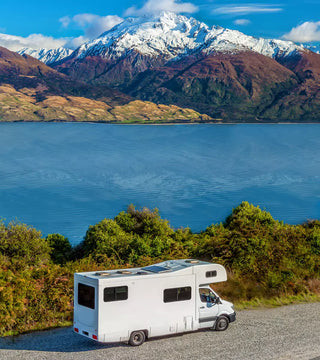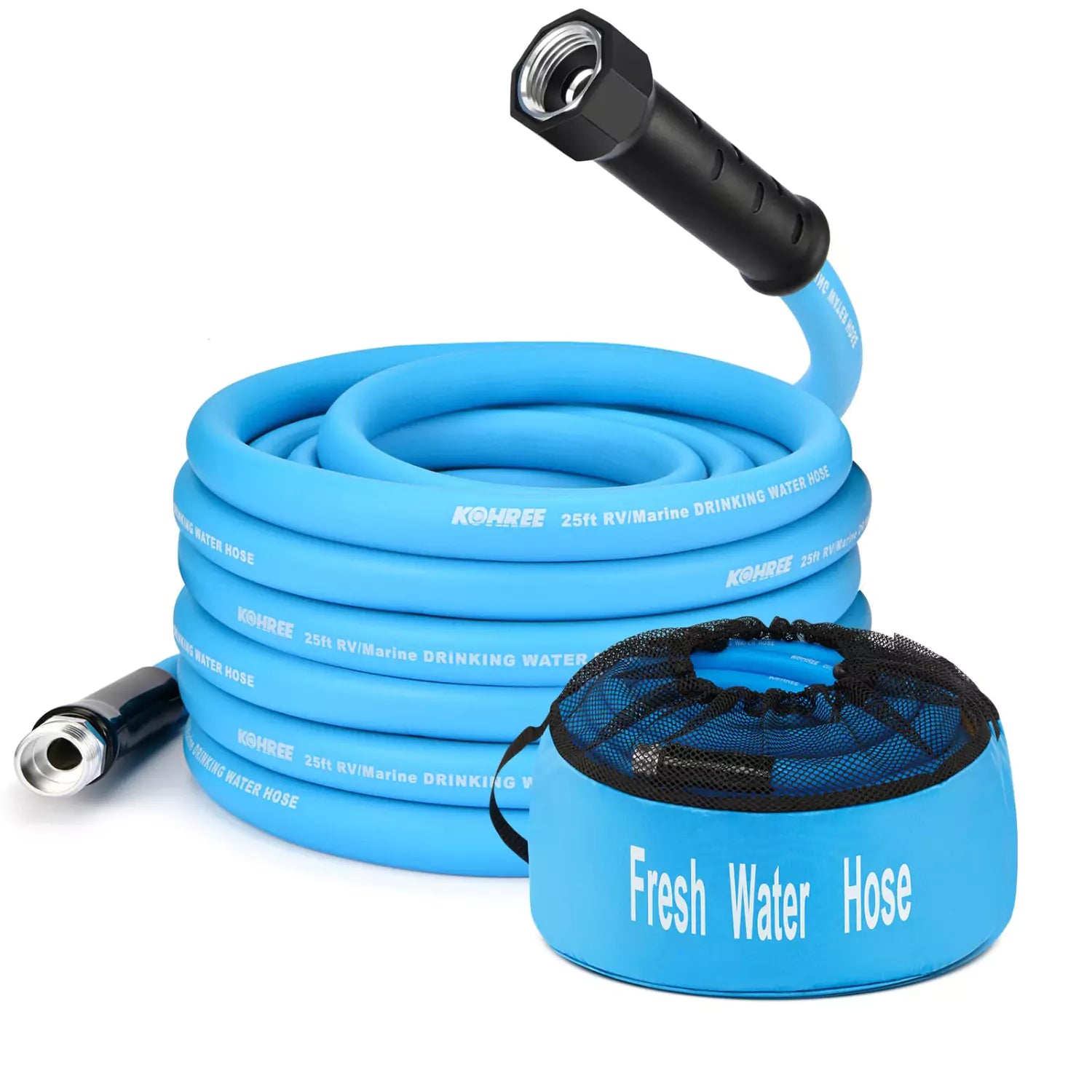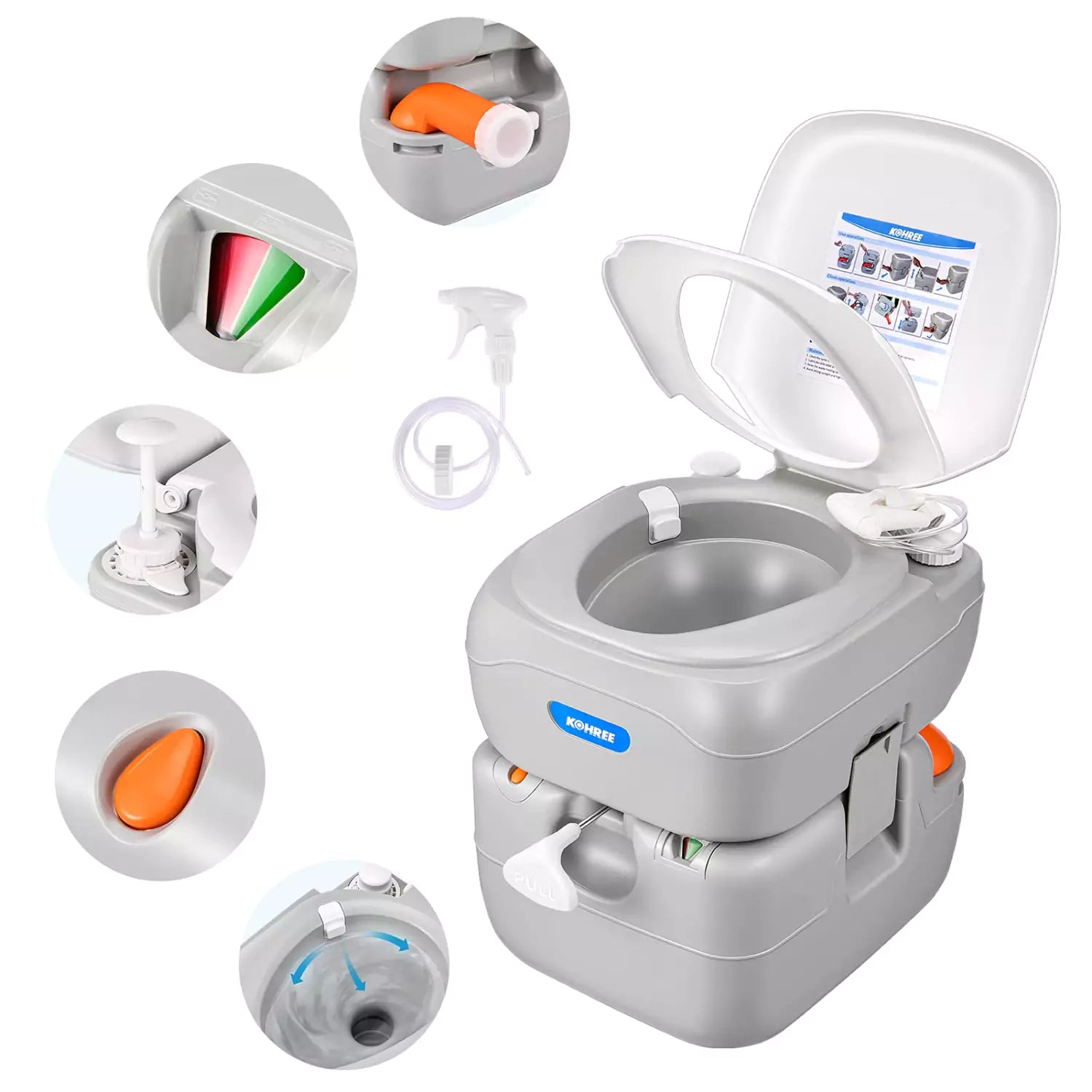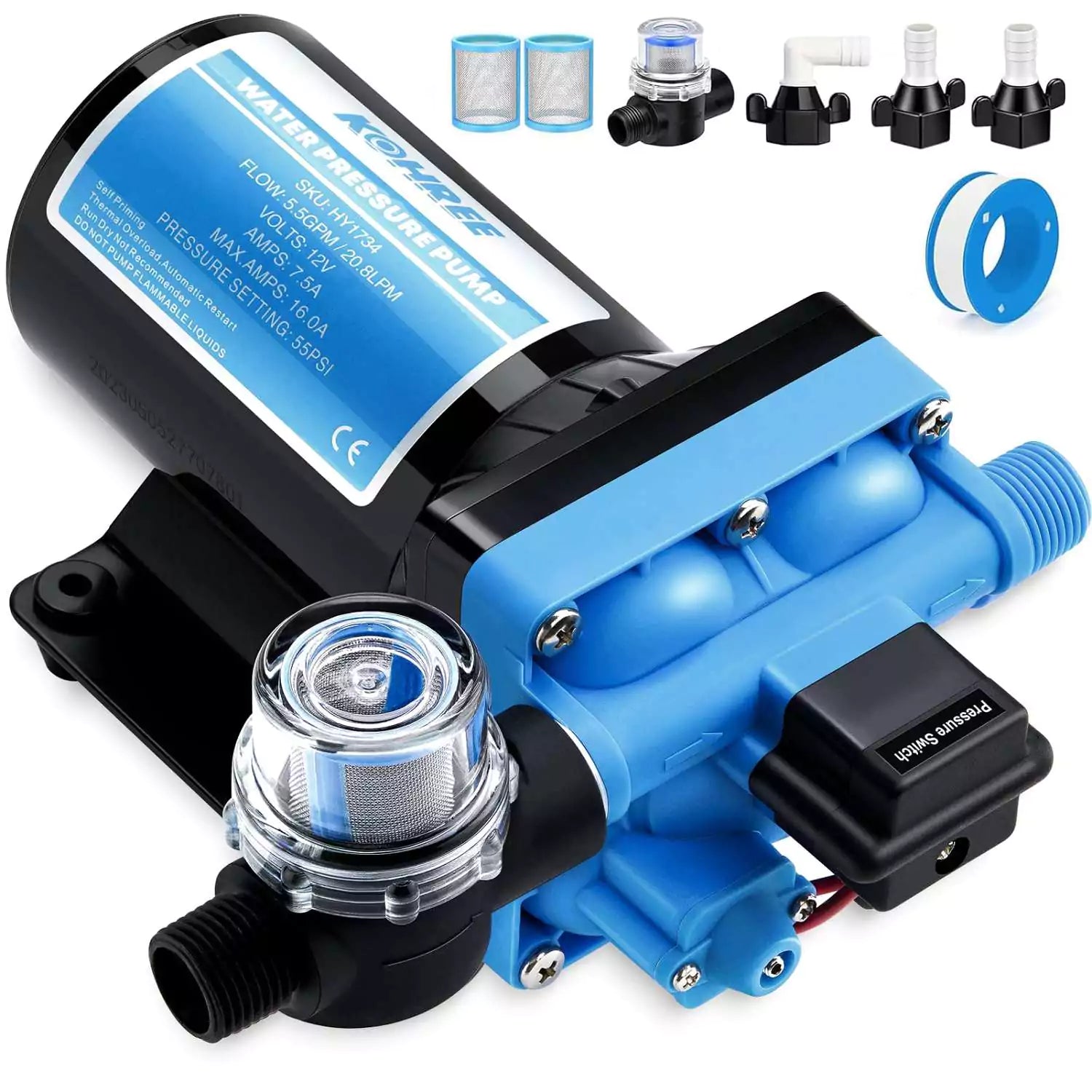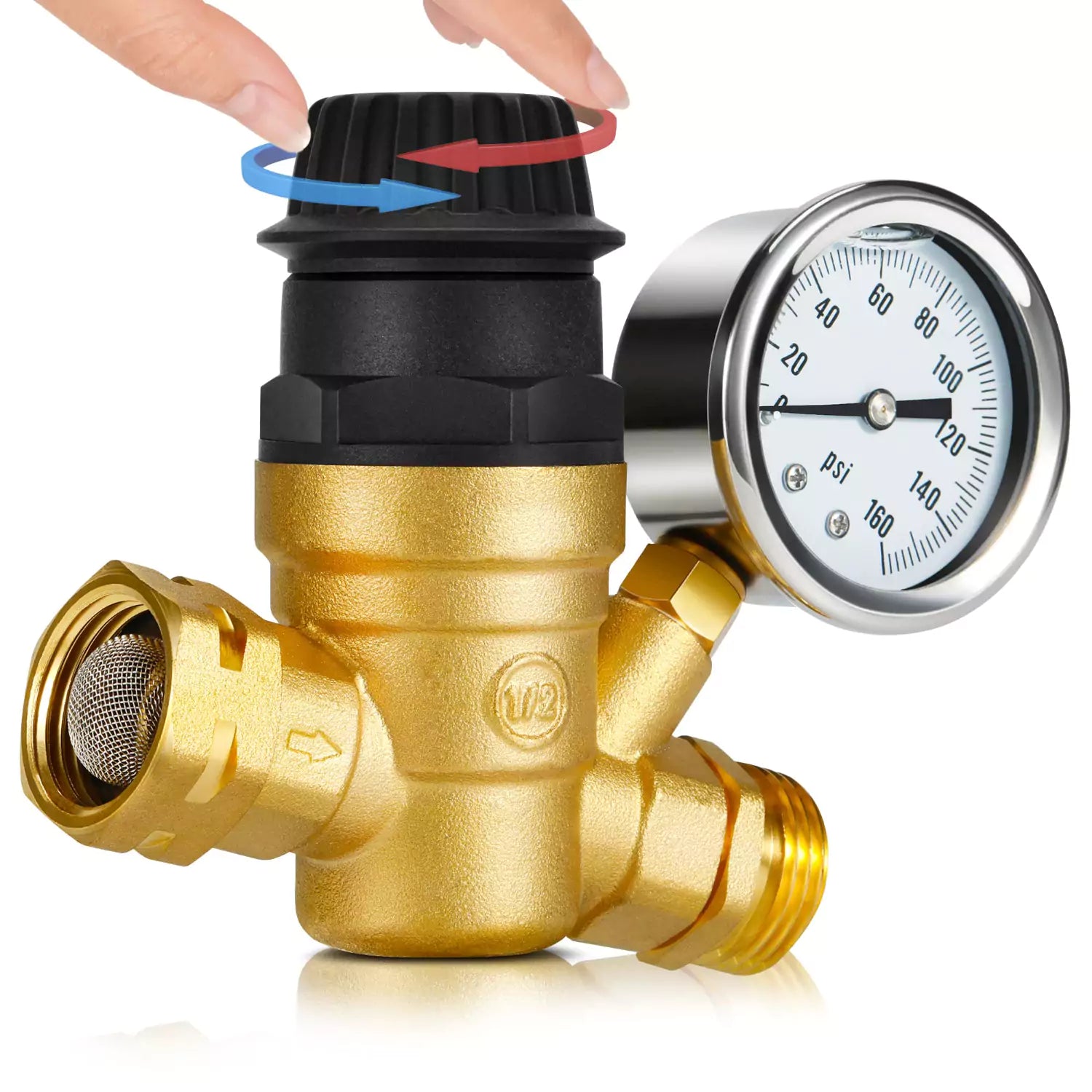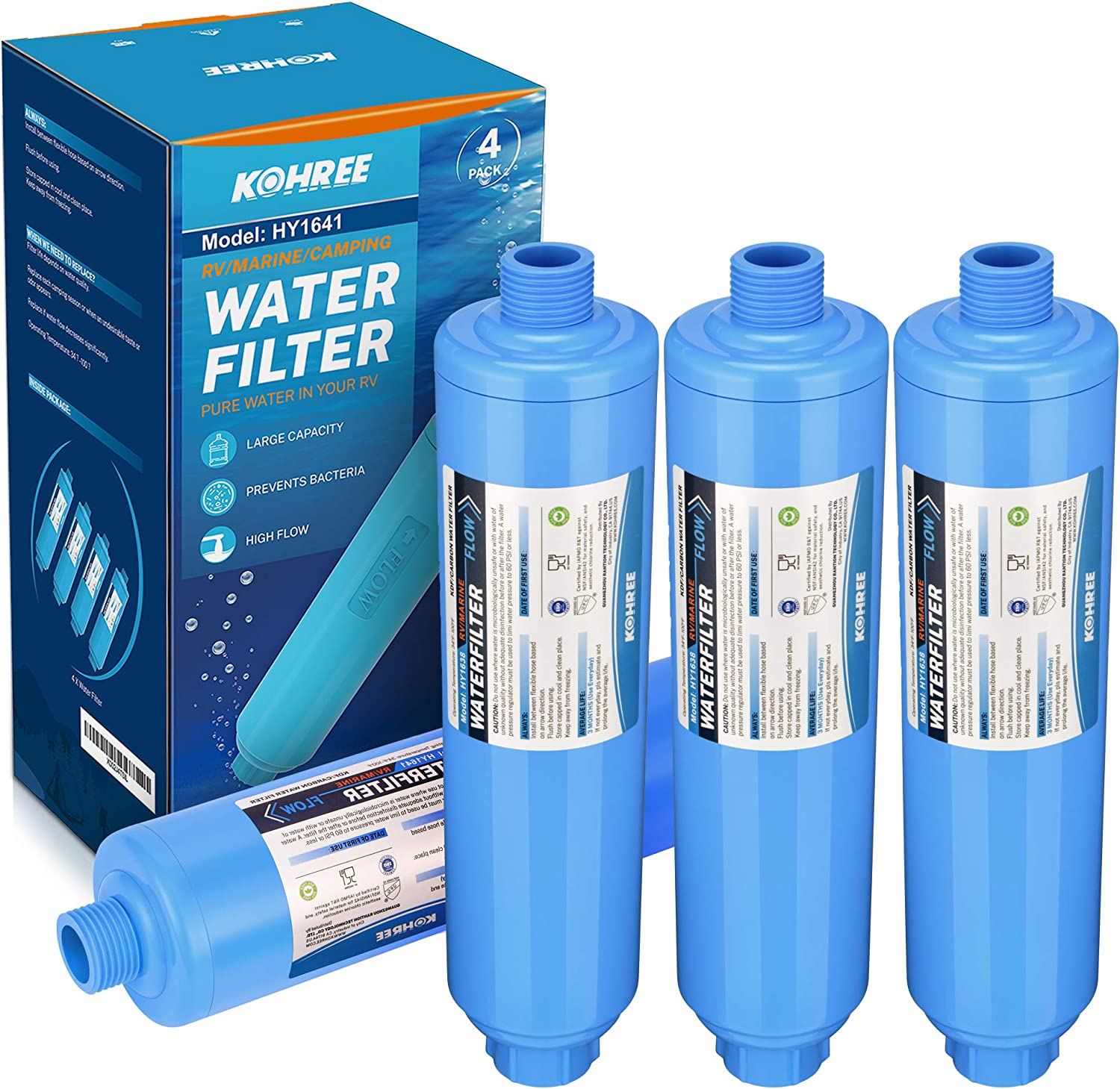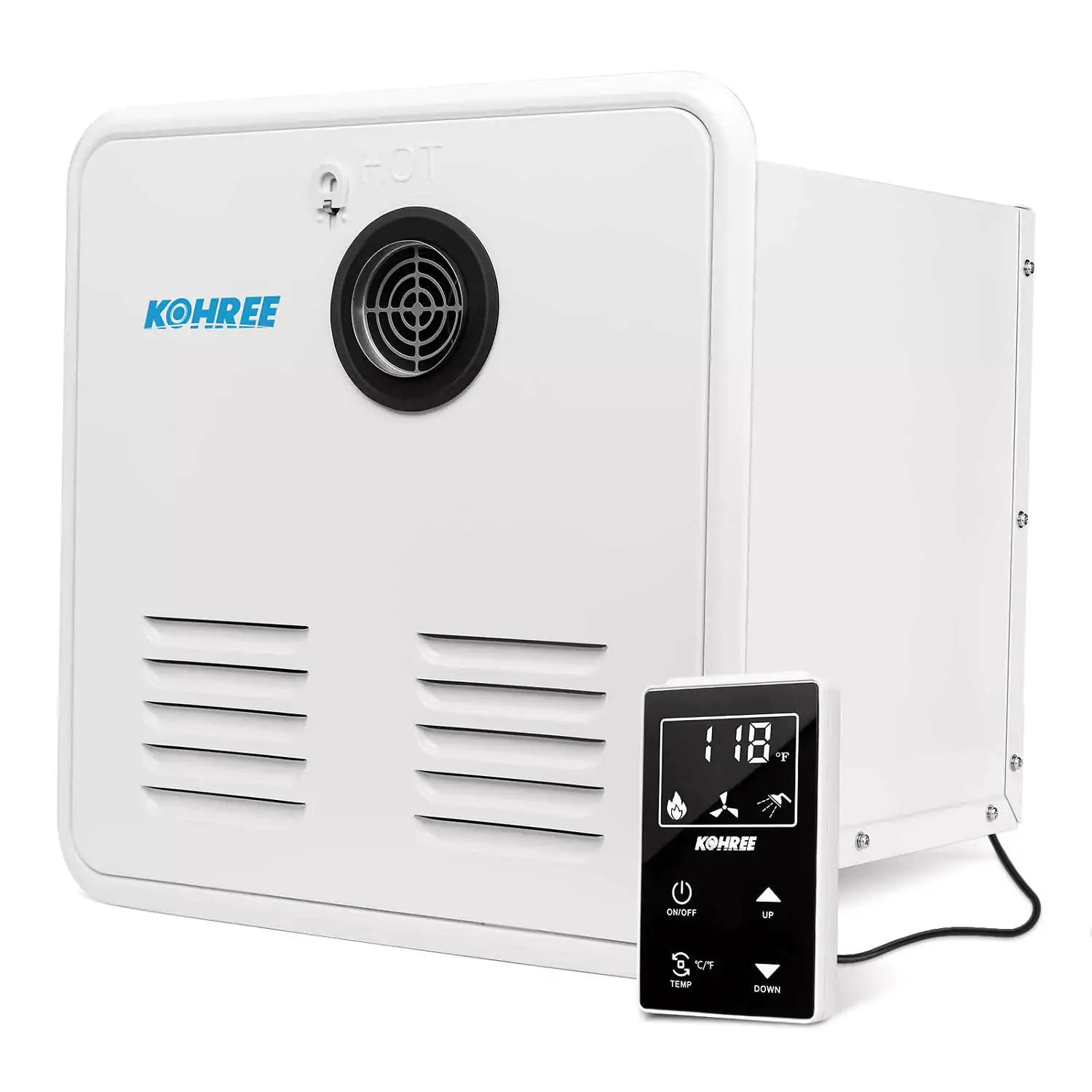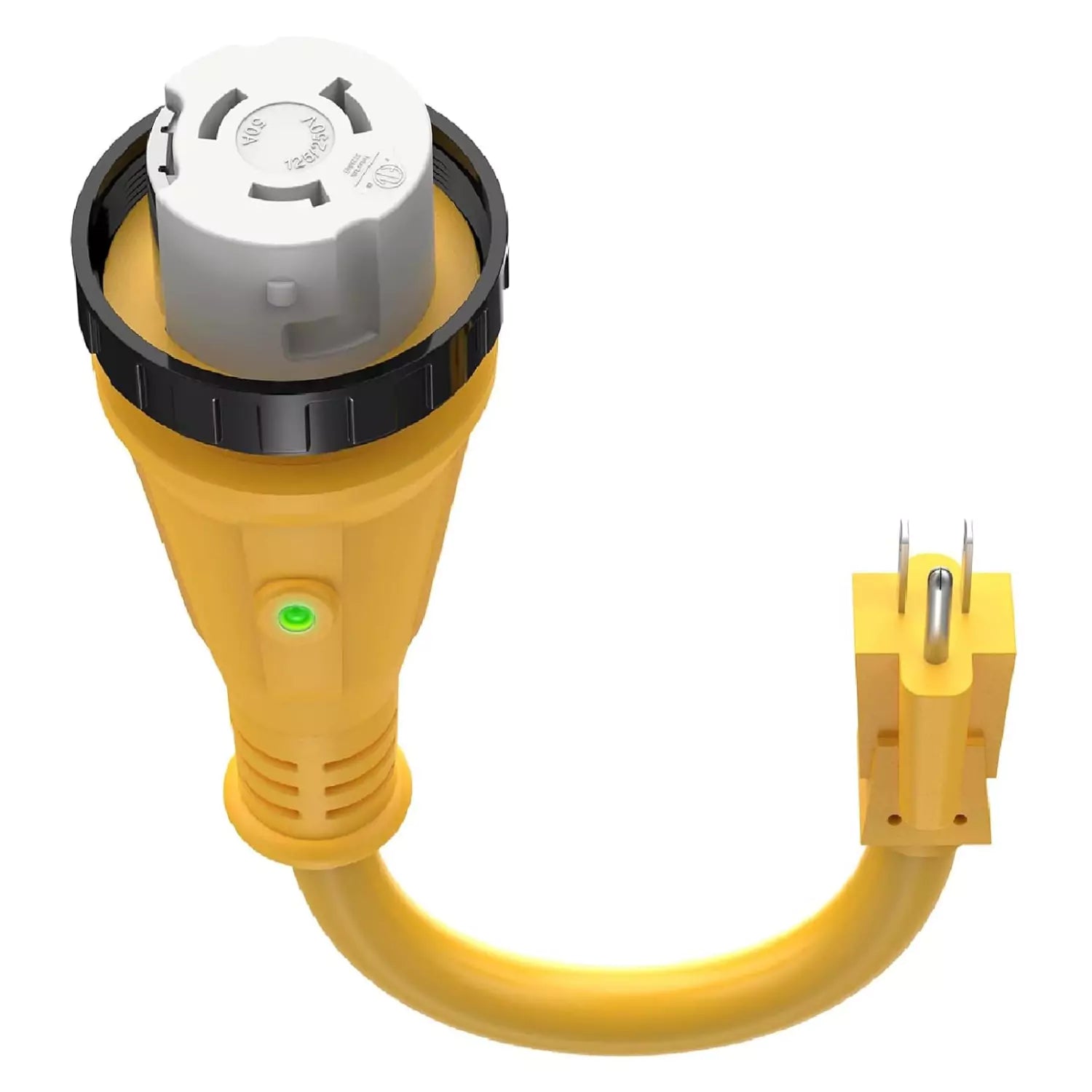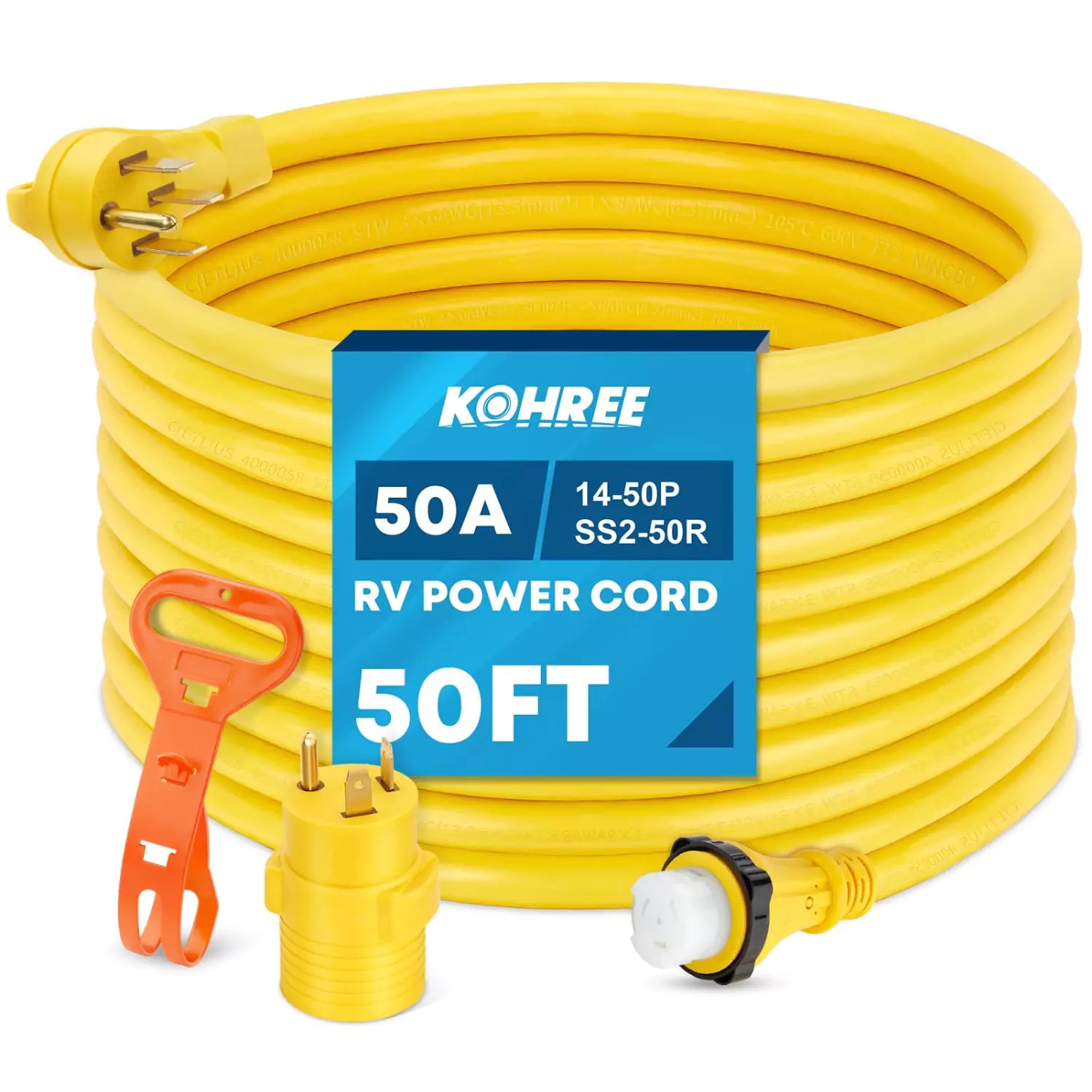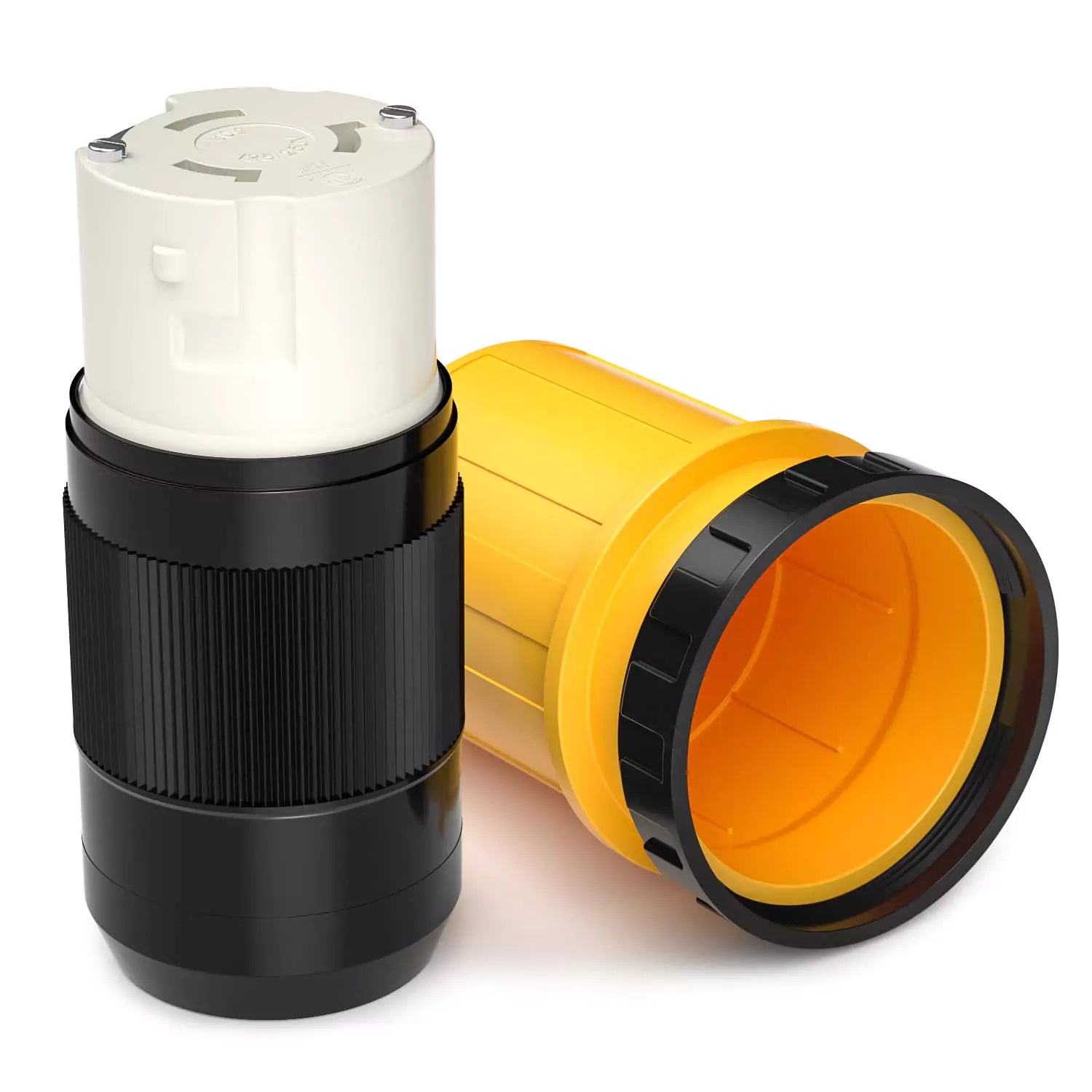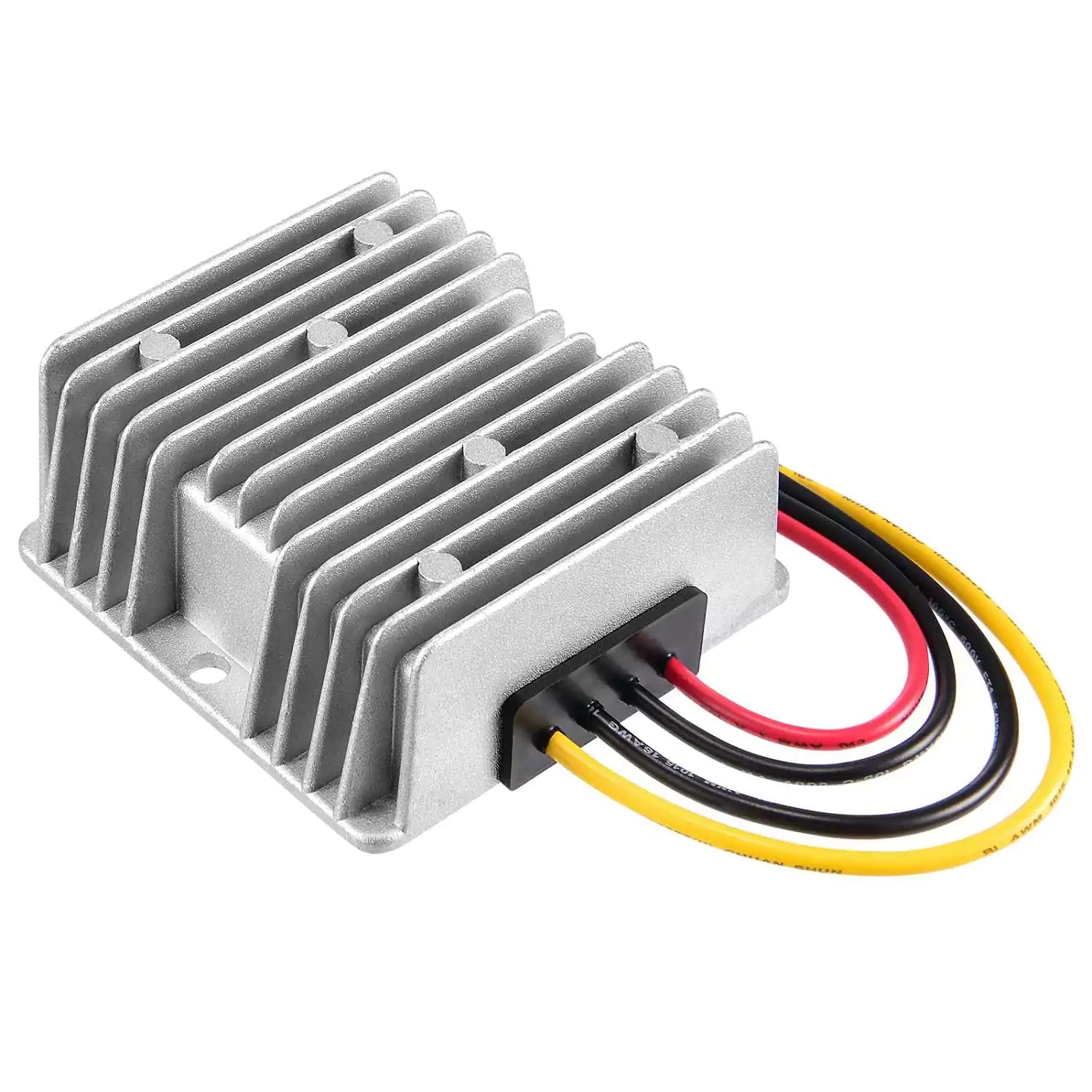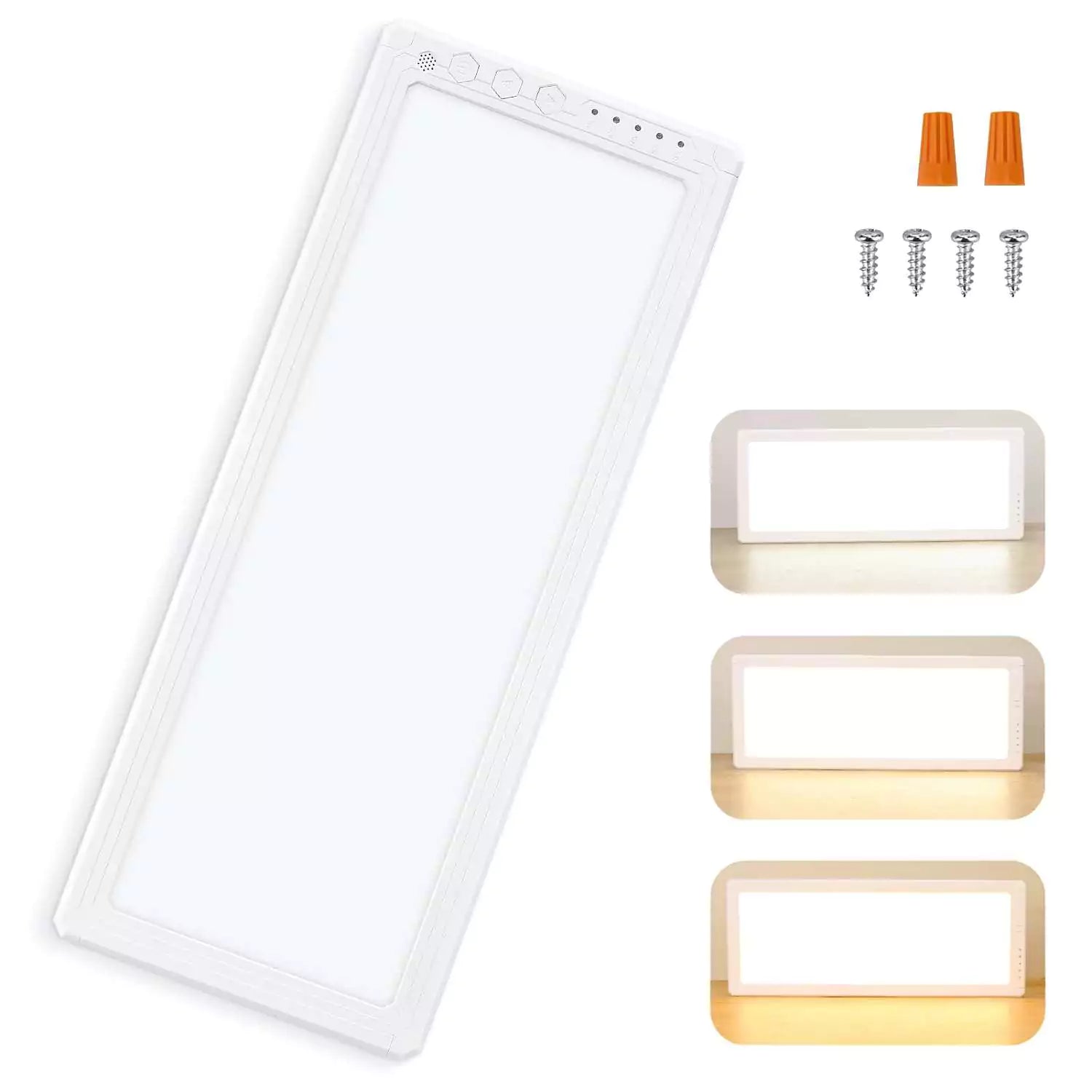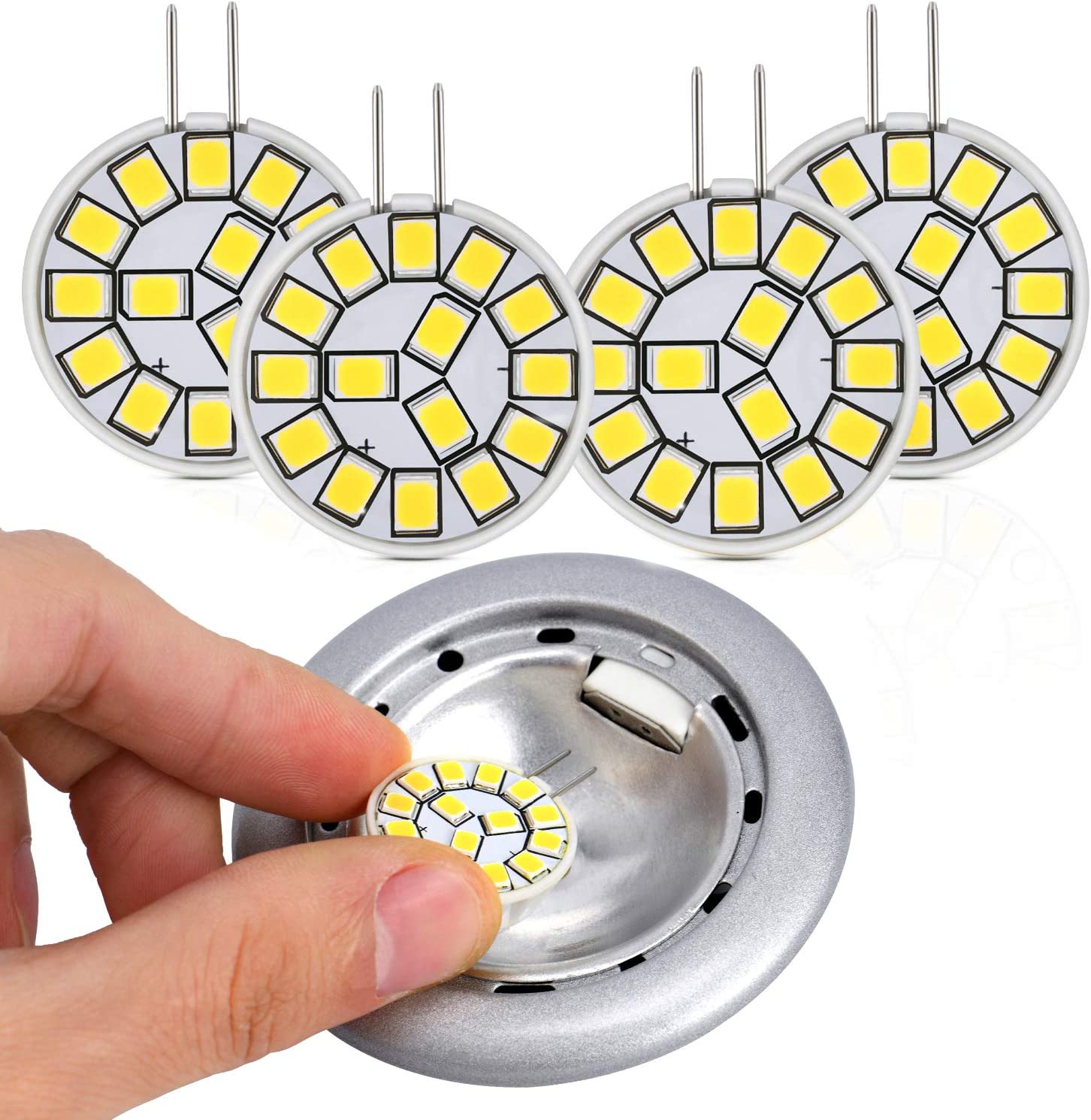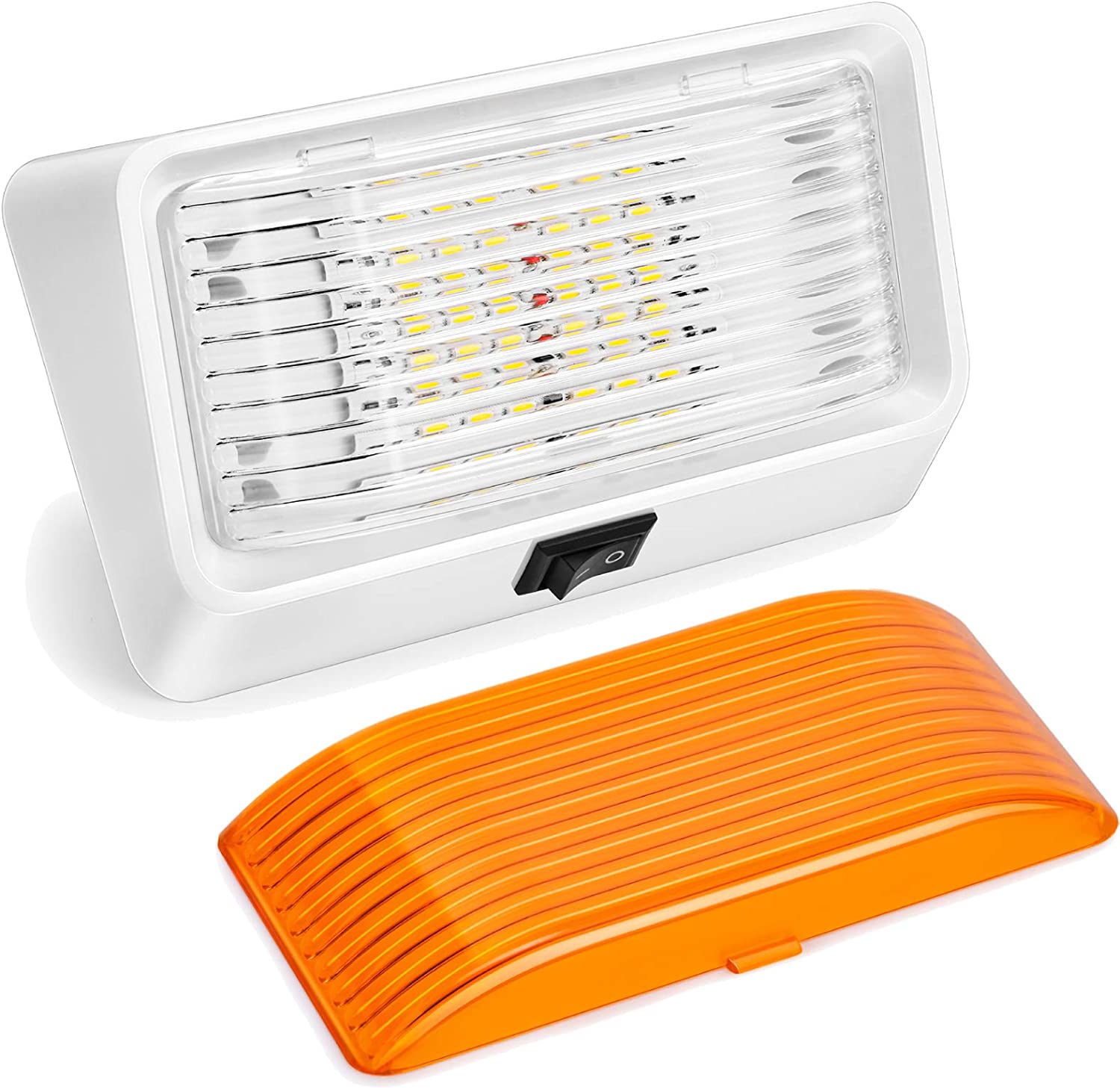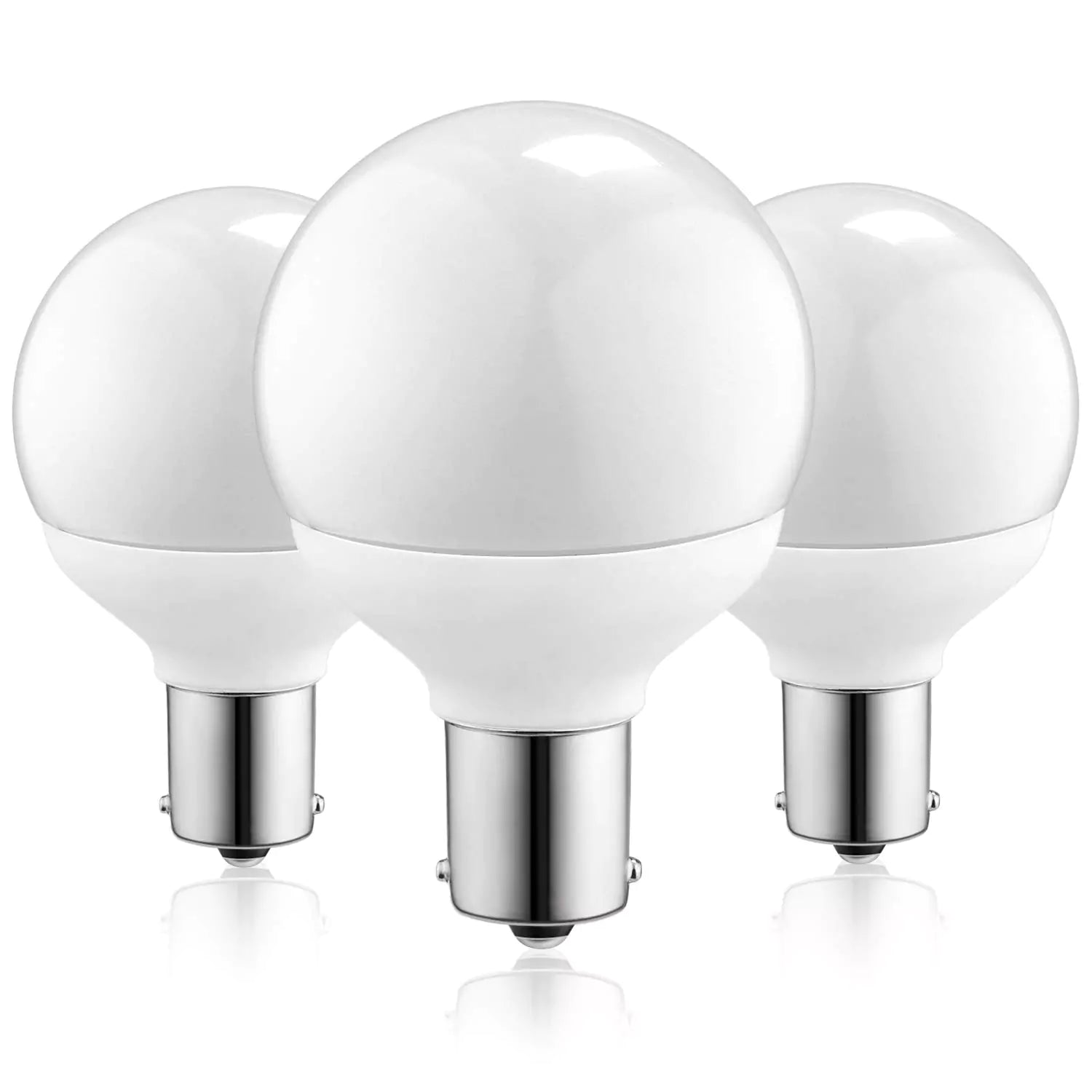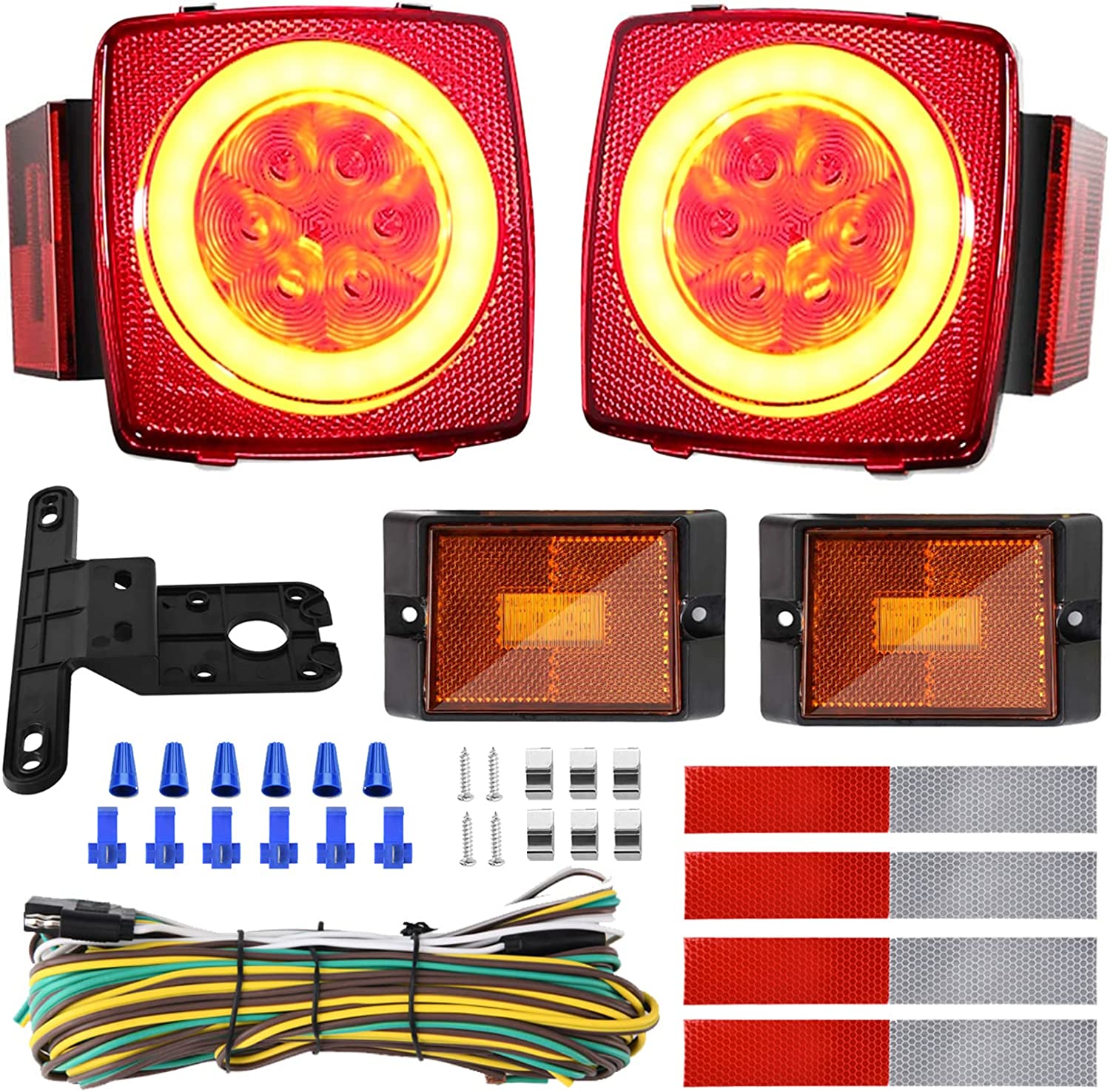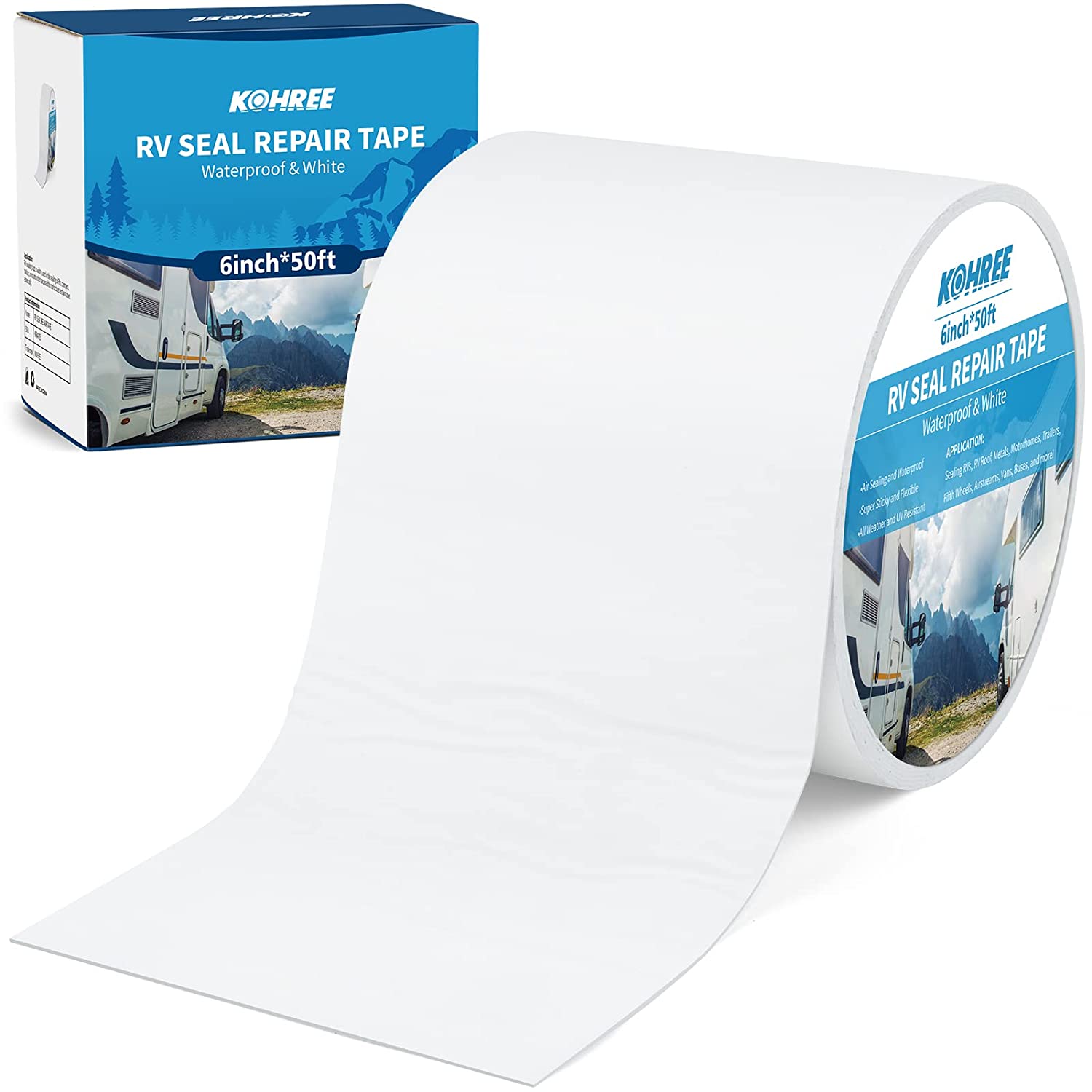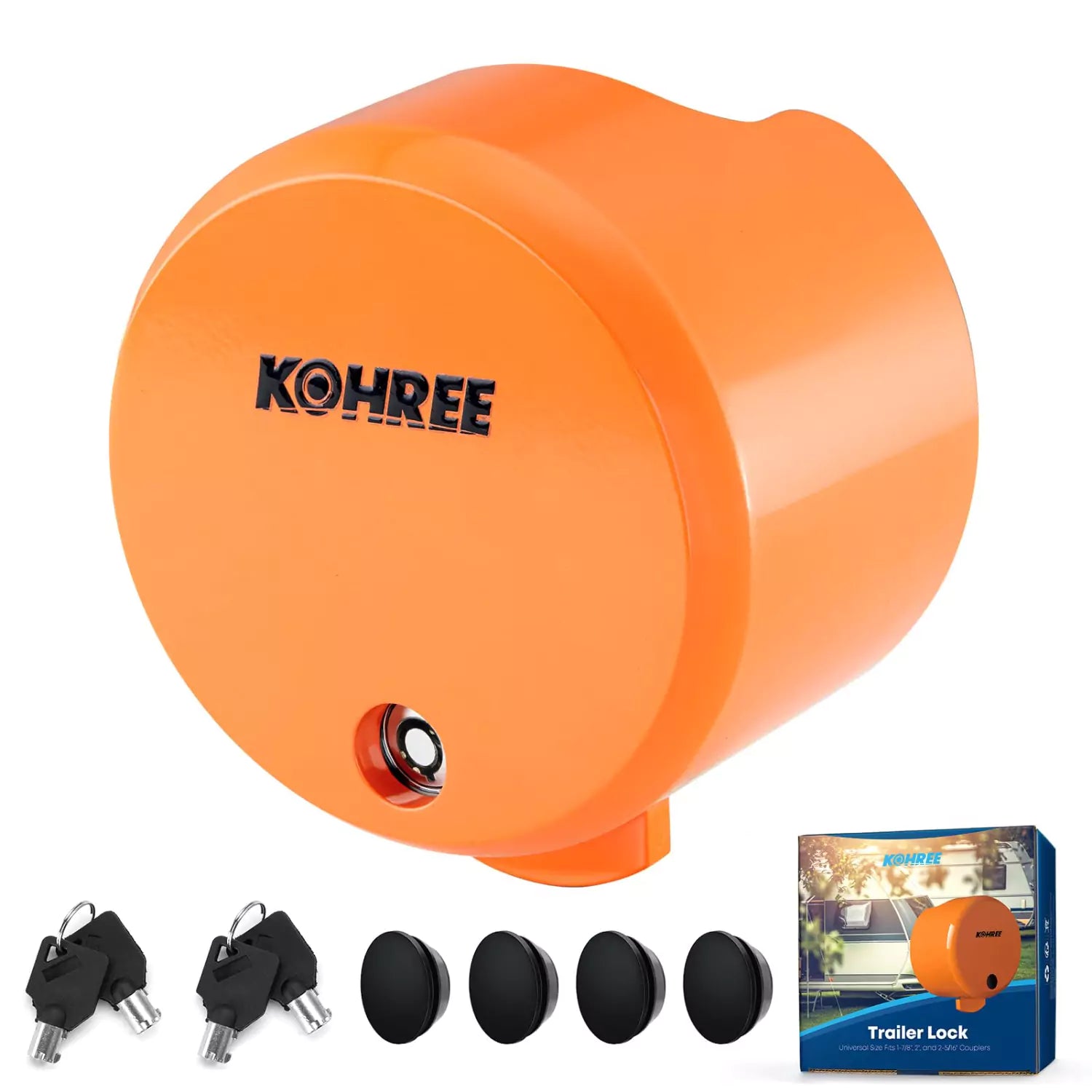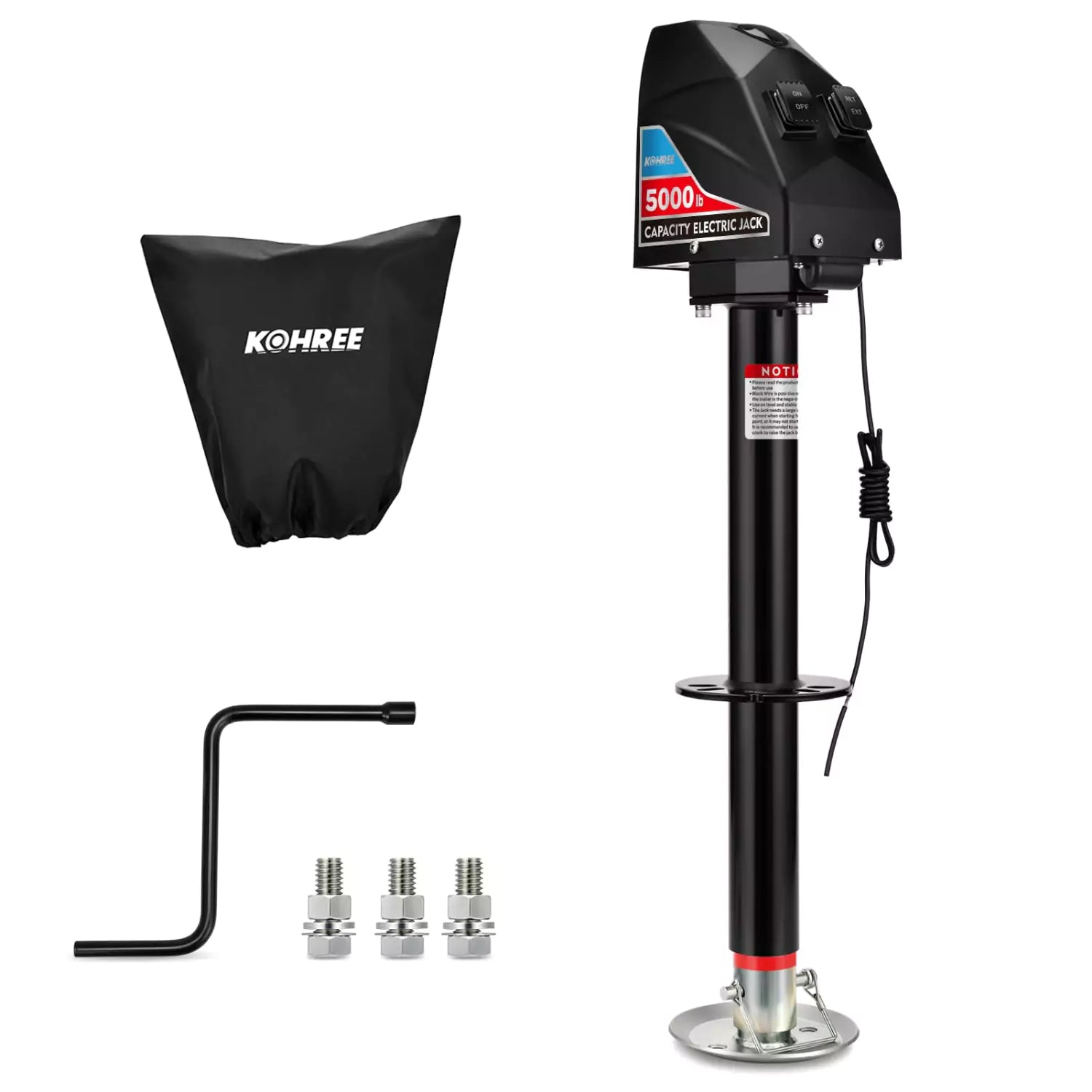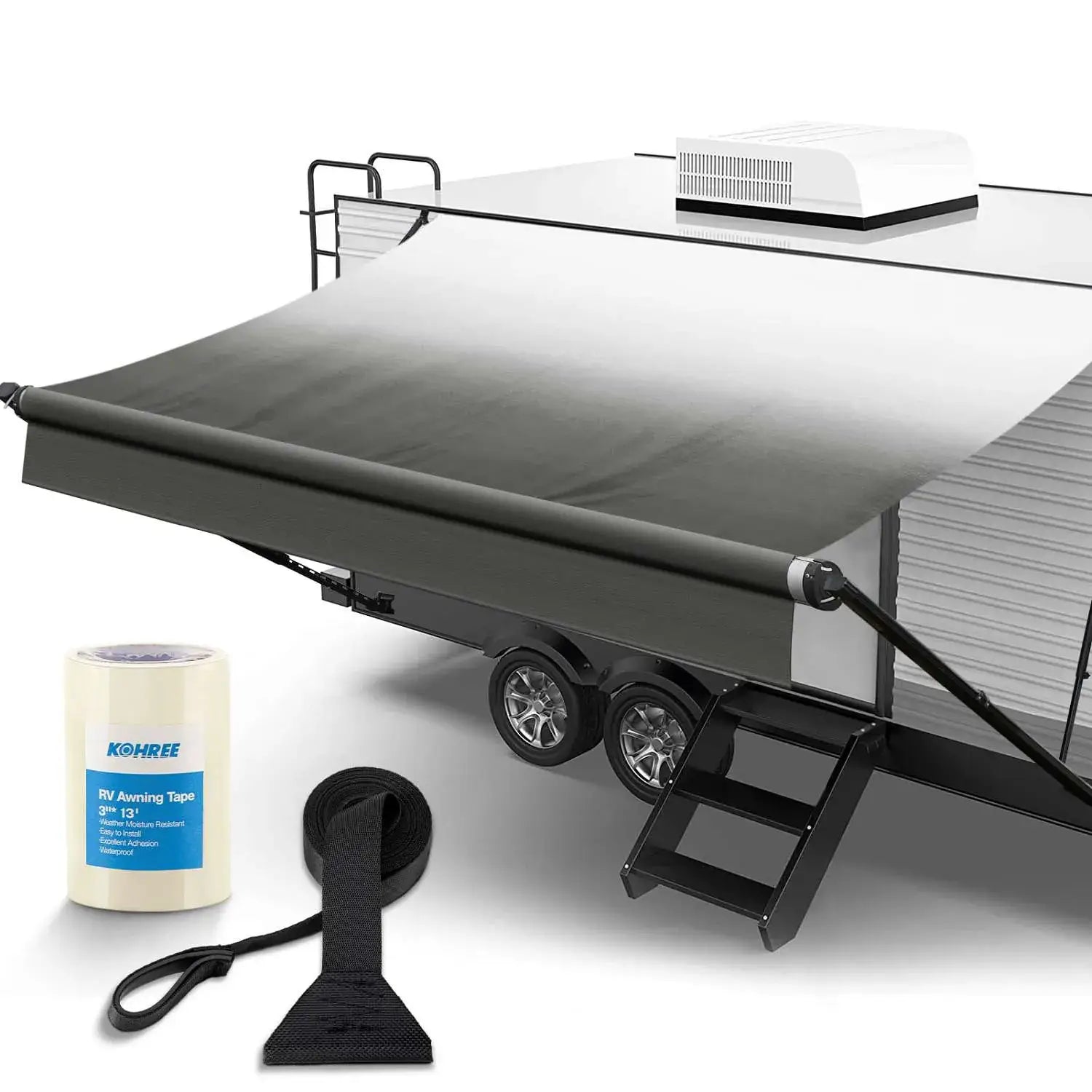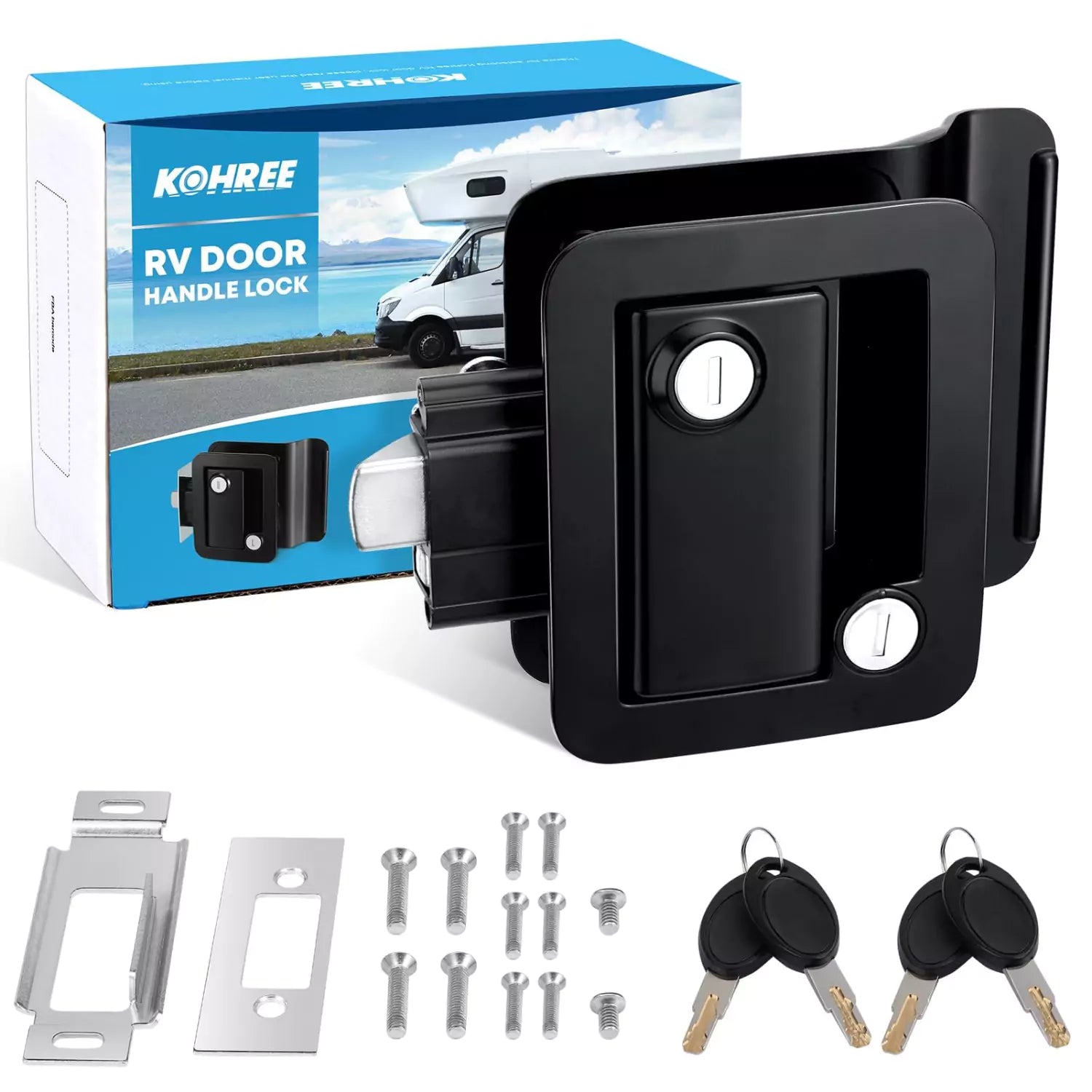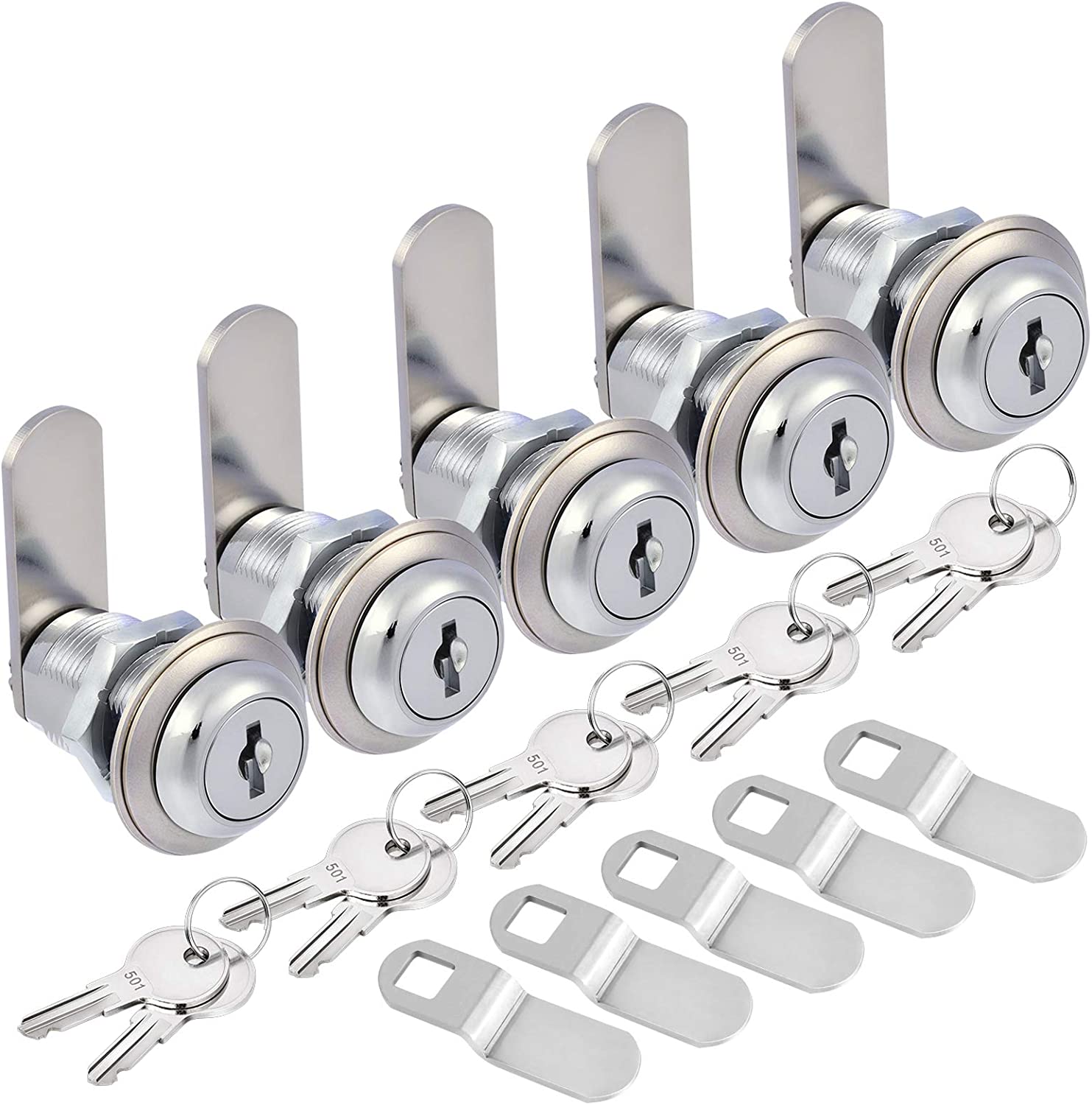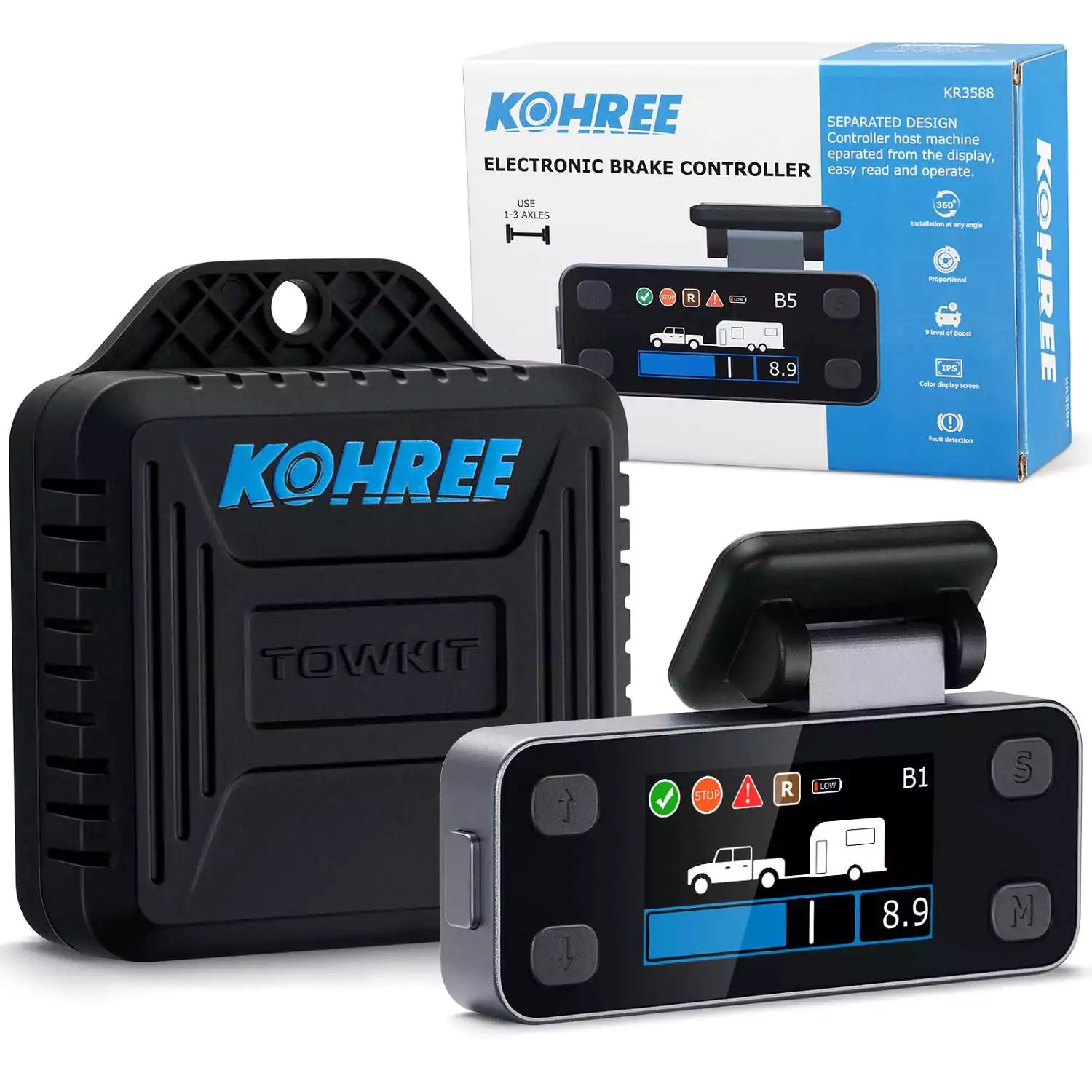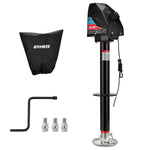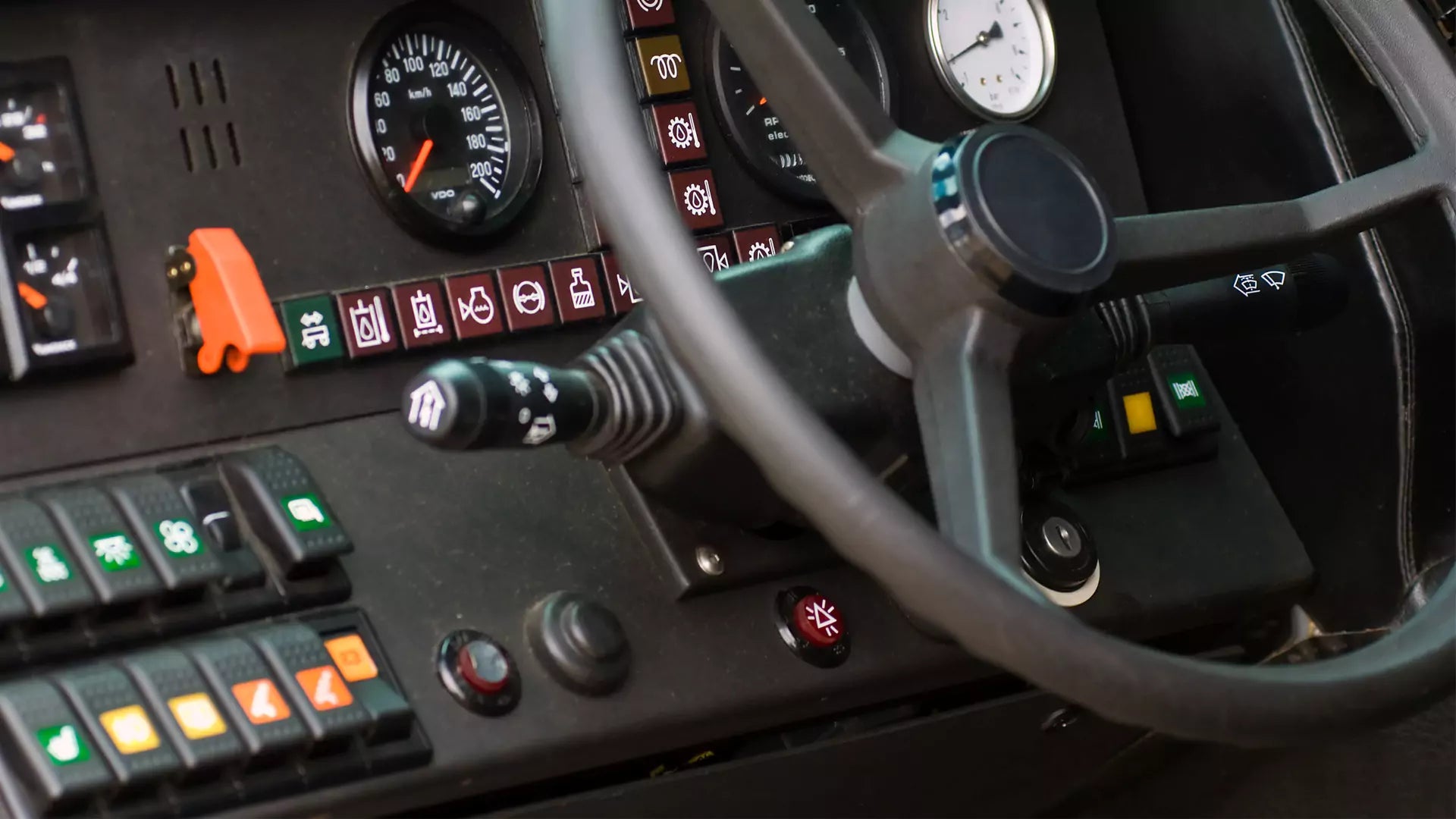Switch panels play a crucial role in managing electrical systems efficiently and safely. They serve as the central hub for controlling various electrical devices, ensuring that everything from lights to pumps operates smoothly. Do I need a switch panel for my RV or boat? The answer is a resounding yes. In this article, I'll guide you through the process of installing a switch panel and help you customize it to enhance your boating or RVing experience.

Figure Out the Switch Panels
Common Devices that Require 12V Switch Panels
In both marine and RV environments, a wide range of devices and systems can be controlled through a 12V switch panel. Here's a list of common applications:
- Lighting Systems: This includes interior cabin lights, navigation lights, anchor lights, and any decorative or mood lighting.
- Pumps: Bilge pumps, freshwater pumps, and livewell pumps are often controlled via switch panels.
- Fans and Ventilation: Cabin fans, exhaust fans, and ventilation systems can be managed through a switch panel.
- Electronics: Fishfinders, GPS systems, radios, and other electronic devices may be powered through the switch panel.
- Windshield Wipers: For boats with enclosed helm stations, windshield wipers are typically controlled via a switch panel.
- Water Heaters: In RVs, electric water heaters are often controlled via a switch panel.
- Power Winches: For boats with anchor winches or RVs with recovery winches, these are typically wired to a switch panel.
- Trim Tabs: Boats with trim tabs often have their controls integrated into the main switch panel.
- Accessories: Additional accessories like underwater lights, TV lifts, or electric awnings can also be controlled through a switch panel.
Key components of a switch panel
Let's explore the essential components that make up a modern boat switch panel. At its core, a quality switch panel consists of several key elements that work together to provide safe and efficient electrical control:
- Switches: The heart of any switch panel, these are the controls you'll use to turn devices on and off. They come in various types, including rocker switches, toggle switches, and push-button switches. Each type has its advantages and is suited to different applications.
- Labels: Clear, durable labels are crucial for identifying what each switch controls. Many panels come with pre-printed labels, while others allow for custom labeling.
- Circuit Breakers or Fuse Holders: These protective devices are essential for preventing electrical overloads. They automatically cut off power if the current exceeds safe levels, protecting your devices and wiring from damage.
- Backlighting: Many modern switch panels feature backlighting, which makes them easier to use in low-light conditions. This feature is particularly useful for nighttime boating or RV use.
- Power Distribution Bus: This component distributes power from your main power source to the individual switches and devices.
- Mounting Bracket or Frame: This provides a secure way to install the panel in your boat or RV.
- Wiring Terminals: These allow for secure connections between the panel and your electrical devices.
- Voltage Meter: Some advanced panels include a voltage meter, which helps you monitor your battery's charge level.
- USB Ports: Many modern switch panels incorporate USB charging ports, allowing you to charge phones, tablets, or other USB devices directly from the panel.
- Water-Resistant Cover: For marine applications, a water-resistant cover is crucial to protect the switches and electrical connections from moisture and spray.

Other higher-end models offer even more ports and customization options to meet specific needs, which is why many RV and boat enthusiasts enjoy tailoring their switch panels to their unique requirements.
How to Clarify the Wiring of the Switch Panel
Understanding the wiring of your switch panel is crucial for proper installation and troubleshooting. Here are some tips to help you clarify the wiring:
-
Use a Wiring Diagram: Always start with a clear wiring diagram. This should show how each switch connects to its corresponding device and how the panel connects to your power source.

-
Color Coding: Use different colored wires for different circuits. This makes it easier to trace wires and troubleshoot issues. Typically, red is used for positive connections, and black for negative.

-
Labeling: Label each wire at both ends. This is especially helpful for complex installations with many devices.

- Understand Switch Terminals: Most switches have three terminals - common, normally open (NO), and normally closed (NC). Understanding how these work is crucial for proper wiring.
- Group Similar Circuits: Try to group similar circuits. For example, keep all lighting circuits in one area of the panel and all pump circuits in another.
- Use the Right Wire Gauge: Ensure you're using the appropriate wire gauge for each circuit based on its amperage draw and the length of the wire run.
- Include a Master Switch: Consider including a master switch that can cut power to all devices at once. This can be useful for winterizing or during long periods of disuse.
- Document Your Work: As you install or modify your switch panel, keep detailed notes and update your wiring diagram. This will be invaluable for future maintenance or upgrades.
By understanding these common devices, functions, and wiring principles, you'll be well-prepared to plan and execute your 12V switch panel installation. In the next section, we'll dive into the planning phase, helping you determine the best location for your switch panel and how many switches you'll need.
What are the Advantages of a Switch Panel?
- Centralized Control: One of the primary advantages of a boat switch panel or RV switch panel is the centralized control it provides. Instead of fumbling around different areas of your vessel or vehicle to turn on lights, pumps, or other electrical devices, you can manage everything from a single, convenient location. This centralization not only saves time but also enhances safety by allowing quick access to all controls.
- Improved Organization: A well-designed switch panel helps organize your electrical system. Each switch is typically labeled, making it easy to identify and operate specific devices or systems. This makes it user-friendly for both you and your guests.
- Circuit Protection: Many switch panels come with built-in circuit breakers or fuse holders. This feature protects your electrical devices from overloads and short circuits, potentially saving you from costly repairs or replacements down the line.
- Customization: Switch panels can be customized to suit your specific needs. Whether you need a simple panel with a few switches or a complex system with dozens of controls, there's a switch panel configuration that can accommodate your requirements.
- Space Efficiency: In the confined spaces of boats and RVs, every inch counts. A switch panel consolidates multiple controls into a compact unit, saving valuable space that would otherwise be taken up by individual switches scattered throughout the vehicle or vessel.
Planning Your Installation
Where to Place the Switch Panels in RVs or Marines?
Choosing the right location for your switch panel is critical for both functionality and safety. From my experience, the ideal location should meet several important criteria:
- Accessibility: The panel should be within easy reach of the operator's position. In boats, this typically means near the helm. For RVs, consider placing it near the entry door or in the main living area.
- Protection from Elements: While most boat switch panels are water-resistant, they should still be mounted in a location that minimizes exposure to direct water spray and harsh weather.
- Visibility: Ensure the panel is visible in both day and night conditions. Consider how sunlight might affect visibility throughout the day.
- Space Requirements: Allow enough room behind the panel for wiring connections and future maintenance. I typically recommend leaving at least 4-6 inches of clearance.
- Structural Support: The mounting surface should be sturdy enough to support the panel and withstand vibration while underway.
Common placement options include:
-
For RVs and Campervans: near the entrance door, above the driver's seat, In the galley area, on a sidewall near the sleeping area.

-
For Boats: at the helm station, on the console, near the companionway in sailboats, on a bulkhead in the cabin.

How Many Switches Do I Need on My Panel?
Determining the number of switches you need is a crucial step in planning your installation. Here's how to approach this:
- List All Devices: Start by listing all the electrical devices and systems you want to control through the switch panel. This might include lights, pumps, fans, electronics, and any other 12V accessories.
- Group Similar Devices: Consider if any devices can be grouped on a single switch. For example, you might have one switch for all interior lights rather than individual switches for each light.
- Plan for Future Expansion: It's wise to include a few extra switches for future additions. This saves you from having to replace the entire panel if you add new devices later.
- Consider Circuit Loads: Ensure that devices on the same switch don't exceed the amperage rating of the switch or the circuit breaker.
- Include Essential Switches: Don't forget switches for critical systems like bilge pumps or navigation lights. These should always have dedicated switches.
- Account for Dual-Function Switches: Some devices might require dual-function switches (like momentary-on for a horn), which might influence your switch count.
Typically, vehicle socket switch panels begin with a single or 2-gang configuration, equipped with a cigarette lighter and USB ports. For most small to medium-sized RVs and boats, common rocker switch panels range from 3 to 6 gangs. These panels often include 12V DC sockets, USB 3.0 ports, voltmeters, and switches to control various electrical devices. Larger vessels or more complex setups may require 6 to 12 or more switches. It's advisable to have a few extra switches to avoid running short.
Step-by-Step Guide to Install a Boat Switch Panel
The first step in your installation process is to mount the base of your switch panel. This involves carefully marking and drilling mounting holes, then securely attaching the base to your chosen surface.
Step 1: Prepare the Accessories and Installation Tools

Step 2: Planning Your Wiring Layout
Before connecting any wires, it's essential to carefully plan your wiring layout. This involves mapping out the path of wires from your power source to the panel and then to your various devices. Since most switch panels today come pre-wired, this significantly reduces the amount of time and effort required. Essentially, you'll primarily focus on finding the optimal location for the panel, close to your power source. Here are some connection tips:
- Sketch a Wiring Diagram: Draw a simple diagram showing how each switch connects to its corresponding device and the power source.
- Plan Wire Routes: Determine the most efficient and safest routes for your wires. Avoid sharp edges, heat sources, and moving parts.
- Measure Wire Lengths: Measure the distance for each wire run, adding a little extra for connections and potential future adjustments.
- Choose Wire Gauges: Based on the current draw of each device and the length of the wire run, determine the appropriate wire gauge for each circuit.
- Collect Materials: Gather all necessary wiring, connectors, fuses, and tools before you begin.
Ensuring proper polarity
Maintaining correct polarity is crucial for the safe and effective operation of your electrical system. Here are some tips:
- Color Coding: Typically, use red wire for positive connections and black for negative. If using other colors, be consistent and label clearly.
- Trace Circuits: Always trace a circuit from power source to device to ensure you maintain proper polarity throughout.
- Use a Multimeter: When in doubt, use a multimeter to verify the polarity of connections.
- Mark Wires: Use tape or labels to mark the polarity of wires, especially at connection points.
Step 3: Mounting the Switch Panel
With the base secured and your wiring plan in place, it's time to mount the actual switch panel. Identifying switches and accessories
- Label Switches: If your panel didn't come pre-labeled, create and apply labels for each switch. Ensure they're waterproof and securely attached.
- Organize by Function: Group similar functions together. For example, keep all lighting switches in one area, and all pump switches in another.
-
Install Circuit Breakers or Fuses: If your panel uses removable circuit breakers or fuses, install them now, ensuring they match the amperage requirements of each circuit.

Step 4: Connecting the Wires - A Detailed Approach
This is perhaps the most critical step in the installation process. Here's a detailed guide to connecting your wires perfectly:
-
Start with the Power Source: Begin by running the main power wire from your battery or distribution panel to the switch panel. This should be adequately sized to handle the total amperage of all circuits.

-
Strip Wire Ends: Carefully strip the ends of each wire, exposing enough bare wire for a secure connection but not so much that the exposed wire extends beyond the connection point.

-
Tin the Wires: For stranded wire, consider tinning the exposed ends with solder. This prevents fraying and ensures a better connection.

-
Use Proper Connectors: Use appropriately sized crimp connectors or terminal blocks for all connections. Avoid simply wrapping wires around terminals.

- Connect to Switches: Following your wiring diagram, connect the appropriate wires to each switch. Most switches have three terminals:
- Common (usually the middle terminal)
- Normally Open (NO)
- Normally Closed (NC)
For most applications, you'll use the Common and NO terminals. Since most switch panels are pre-wired and come as finished products, the part you need to focus on is connecting the switch panel to the power source.
-
Connect the wires: Use crimping pliers to attach the necessary power wires with ring terminals to the negative bus bar (typically black). Connect the switch wires (usually red) on the switch panel using crimping pliers and spade connectors (male and female). Finally, wrap the red wire with waterproof tape. Then, you will get a fully functional, powered switch panel.

- Install a Main Fuse: Near the power source, install an appropriately sized main fuse or circuit breaker.
- Secure Loose Wires: Use cable ties or wire loom to secure and organize the wires behind the panel.
- Leave Some Slack: Leave a bit of extra wire behind the panel to allow for future adjustments or repairs.
Step 5: Securing Connections and Testing
With all wires connected, it's time to secure everything and perform initial tests:
- Double-check and Insulate Connections: Verify that all connections are tight and secure. Use heat shrink tubing or electrical tape to insulate any exposed connections.
-
Initial Power-Up: Before connecting any devices, turn on the main power and check that the panel itself powers up correctly.

- Check for Proper Grounding: Use a multimeter to ensure there's no voltage between the negative bus and the boat's or RV's chassis.
- Test Each Switch: Flip each switch and use a multimeter to verify that power is reaching the correct terminals.
Step 6: Final Testing and Troubleshooting
The last step is to connect your devices and perform thorough testing:
- Connect Devices: Following your wiring diagram, connect each device to its corresponding switch.
- Systematic Testing: Test each device one by one, ensuring it turns on and off with its switch.
- Check for Proper Operation: Verify that each device is functioning as expected, not just turning on and off.
- Look for Issues: Keep an eye out for any signs of problems, such as flickering lights, unusual noises, or overheating. If you notice any of the above conditions, immediately shut off the power right away and check for loose wires, wrong connections, or if any of the devices plugged in are broken.
- Voltage Drop Test: Use a multimeter to check for significant voltage drops when devices are operating, which could indicate undersized wiring.
If you encounter any issues during testing, don't hesitate to troubleshoot methodically or seek professional help if needed. A properly installed and tested 12V switch panel will provide years of reliable service for your boat or RV.
In the next section, we'll discuss common mistakes to avoid during the installation process, helping you sidestep potential pitfalls and ensure a smooth, successful installation.
How to Spot and Fix Incorrect Wiring?
Wiring mistakes can lead to malfunctioning systems at best and dangerous situations at worst. Here's how to identify and correct common wiring errors:
-
Reversed Polarity: This occurs when positive and negative connections are swapped.
How to Spot: Devices won't work correctly, or digital displays might show errors.
How to Fix: Double-check all connections against your wiring diagram and use a multimeter to verify polarity.
-
Undersized Wiring: Using wire that's too thin for the current it needs to carry can lead to voltage drop and overheating.
How to Spot: Devices may work poorly, wires feel warm, or there's a noticeable voltage drop when devices are operating.
How to Fix: Use a wire gauge chart to ensure you're using appropriately sized wire for each circuit.
-
Loose Connections: Poorly secured connections can cause intermittent problems and are a fire hazard.
How to Spot: Devices work intermittently, connections feel warm, or you see signs of arcing or burning.
How to Fix: Redo connections ensuring they're tight and secure. Consider using crimp connectors or solder for more reliable connections.
-
Improper Grounding: Poor grounding can lead to erratic behavior of electrical devices and potential safety issues.
How to Spot: Devices behave erratically, or you measure voltage between the negative bus and the chassis.
How to Fix: Ensure all ground connections are clean, tight, and connected to a common ground point.
-
Overloaded Circuits: Connecting too many devices to a single circuit can overload it.
How to Spot: Circuit breakers trip frequently, or fuses blow often.
How to Fix: Redistribute loads across multiple circuits or upgrade to a higher capacity circuit if necessary. Mounting errors: ensuring stability and accessibility
How to Customize Your Panel of Switches?
-
Adding labels and decals:
Ensure optimal performance of your switch panel, particularly in low-light or emergencies, by implementing clear, easy-to-read labels.
Use High-Quality Materials: Utilize durable, marine-grade labels designed to withstand harsh marine environments.
Custom Engraved Plates: Consider personalized engraved plates for a professional and long-lasting solution.
Combined Text and Symbols: Employ a combination of text and symbols for quick and intuitive identification.
Enhanced Visibility: Utilize contrasting colors to improve label visibility and readability.

-
Using different color switches
Critical Systems: Utilize bright colors such as red switches to signify essential functions.
Normal Operations: Employ green switches for standard operations.
Accessories: Utilize blue or white switches for non-essential accessories.
-
Incorporating backlighting
Effective backlighting is crucial for boat switch panel installations, enhancing both usability and aesthetics.
Marine-Grade LED Strips: Utilize durable, marine-grade LED strips designed to withstand harsh marine environments. Here's how to implement it:
Color Temperature: Select an appropriate color temperature to optimize visibility in various lighting conditions.
Dimming Capabilities: Incorporate dimming features to adjust brightness as needed.
Dual-Color Options: Consider dual-color LED strips for seamless transitions between day and night modes.
Installation Considerations: Even Light Distribution: Ensure consistent light distribution across the switch panel for optimal visibility.
Heat Protection: Protect wiring from heat generated by LED strips to prevent damage.
Dedicated Light Switch: Install a separate switch to control the backlighting independently.
Frequently Asked Questions About the 12V Switch Panel
What is on and off on a boat switch panel?
On marine switch panels, the "ON" position is usually up, and "OFF" is down. Clear indicator lights show the switch status. The international symbols are "I" for on and "O" for off.

What are the three wires on a boat switch panel?
Power (Positive): This wire is typically red. It connects to the positive terminal of the battery or power source. It provides the necessary voltage to the switch panel.
Ground (Negative): This wire is typically black. It connects to the negative terminal of the battery or a grounding point on the boat. It completes the electrical circuit.
System or accessory wire (Wired to each switch): This wire connects to the device or equipment that the switch controls (e.g., lights, pumps). When the switch panel is activated, it allows power to flow to the switch.

What happens if I wire a wrong switch?
Wiring a switch incorrectly can lead to device malfunction, potential damage to electrical components, or even electrical fires. Always double-check your wiring against the provided diagram.
Best Boat Switch Panels & Accessories
Looking for a dependable, versatile switch panel for your marine vessel, car, or RV? The Kohree marine boat rocker switch panel is your ideal solution. 2-gang to 6-gang configurations are available for selection, our CE and RoHS-certified panel is crafted from eco-friendly, durable ABS material and comes pre-wired for hassle-free installation.
Built to Last, Designed to Perform:
- IP66 Water-Repellent Rating: Withstands harsh marine environments, ensuring your device's safety from moisture.
- Advanced Protection: Features output short circuit, overload, over-current, and reverse polarity protection to safeguard your electrical system.

Packed with Features:
- Blue LED Digital Voltage Display: Monitor your vehicle's battery voltage with ease.
- 12V Charger Socket: Conveniently charge your devices.
- Dual 18W 3.0A QC3.0 USB Charging Sockets: Quickly charge your smartphones and tablets.
Whether you're navigating the open waters or cruising the highways, the Kohree Marine Boat Rocker Switch Panel is the perfect companion to power your electrical needs.

| Specification of Kohree Switch Panel |
|
 |
 |
 |
 |
 |
 |
| Product name |
2 in 1 socket switch panel |
3 in 1 socket switch panel |
4 in 1 socket switch panel |
4 gang marine rocker switch panel |
5 gang marine rocker switch panel |
6 gang marine rocker switch panel |
| Panel dimension |
4.8 (L) x 1.89 (W) x 2.4 (H) inch |
5.9 (L) x 1.7 (W) x 2.2 (H) inch |
4.1 (L) x 3.4 (W) inch |
5.08 (L) x 4.72 (W) x 2.83 (H) inch |
5.91 (L) x 3.54 (W) inch |
7.1 (L) x 4.33 (W) x 2.95 (H) |
| Operating voltage |
DC 12V / 24V |
DC 12V / 24V |
DC 12V |
DC 12V |
DC 12V |
DC 12V |
| Output current |
10A / 20A |
10A / 20A |
10A / 20A |
20A |
20A |
20A |
| Waterproof grade |
IP66 |
IP66 |
IP66 |
IP65 |
IP65 |
IP65 |
| USB output |
18W QC 3.0 port
|
18W QC 3.0 port |
18W QC 3.0 port, 36W PD USB-C port |
18W QC 3.0 port |
18W QC 3.0 port |
18W QC 3.0 port |
| Toggle switch power outlet |
/ |
DC 12V 20A |
DC 12V 20A |
DC 12V 20A / DC 24V 10A |
DC 12V 20A / DC 24V 10A |
DC 12V 20A / DC 24V 10A |
| Cigarette lighter socket power outlet |
150W (12V) - 300W (24V) |
120W(12V) - 250W(24V) |
150W (12V) - 300W (24V) |
120 - 240W (12 - 24V) |
120W - 240W (12V - 24V) |
120W - 240W (12V - 24V) |
| Voltmeter display range |
6 - 24V |
6 - 24V |
6 - 24V |
6 - 24V |
6 - 24V |
6 - 24V |
| Certification |
CE, RoHS |
CE, RoHS |
CE, RoHS |
CE, RoHS |
CE, RoHS |
CE, RoHS |
| Panel component |
1 x USB outlet,
1 x cigarette lighter socket
|
2 x QC 3.0 USB port,
1 x cigarette socket,
1 x on/off switch
|
2 x QC 3.0 USB port,
1 x LED digital display voltmeter,1 x 12V cigarette lighter outlet,
1 x on/off switch
|
2 x QC 3.0 USB port,
1 x 12V cigarette socket,
4 x on / off rocker switches
|
2 x QC 3.0 USB port,
1 x 12V cigarette socket,
1 x voltmeter,
5 x on / off rocker switches
|
2 x QC 3.0 USB port,
1 x 12V cigarette socket,
1 x voltmeter,
6 x on / off rocker switches
|
To optimize the efficiency and safety of your switch panel setup, consider our 6-way and 12-way 12V fuse block boxes.
Designed for Optimal Performance:
- Superior Conductivity: Our fuse block boxes are engineered for optimal conductivity, ensuring reliable power delivery.
- Universal Compatibility: Compatible with standard ATC/ATO (middle size) fuses.
- Clear Labeling: Positive and negative terminals are clearly labeled for easy installation and maintenance.
- Robust Performance: Handles up to 30A per circuit and 100A per panel, with a maximum operating voltage of 32V DC.

Built to Last:
- Durable Materials: Constructed from premium, eco-friendly PBT material, offering excellent mechanical strength, insulation, and heat resistance.
- Safety First: Designed to meet stringent safety standards, safeguarding your electrical systems from potential hazards.
Choose Kohree for a reliable and efficient solution to your electrical power needs.

Conclusion
Installing a rocker switch panel in your RV or boat is a rewarding project that enhances your control over electrical systems. Not only does it improve organization and safety, but it also adds a touch of customization to your vehicle.
By following the steps outlined in this guide, you can ensure a successful installation that meets your needs. Looking to upgrade your RV or boat's electrical system? Kohree's affordable switch panels provide both simplicity and versatility, allowing you to personalize your setup.
